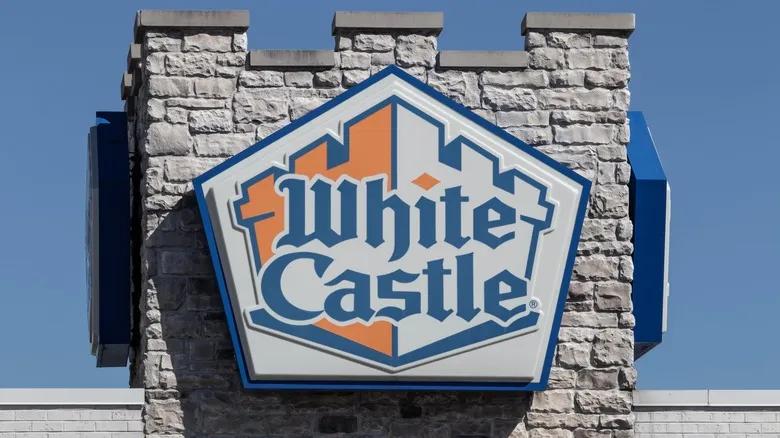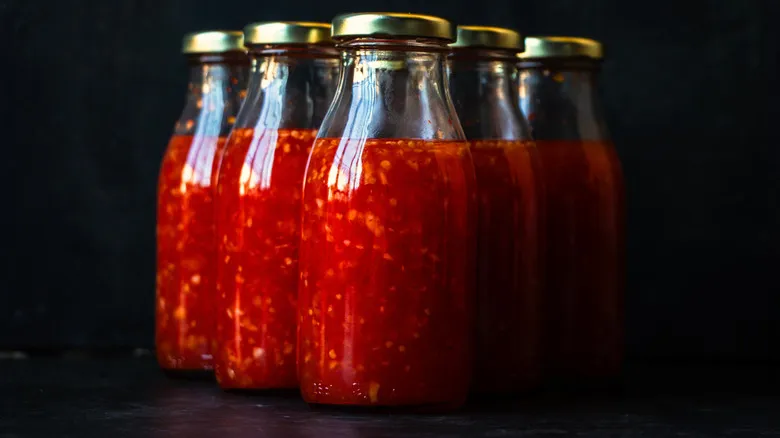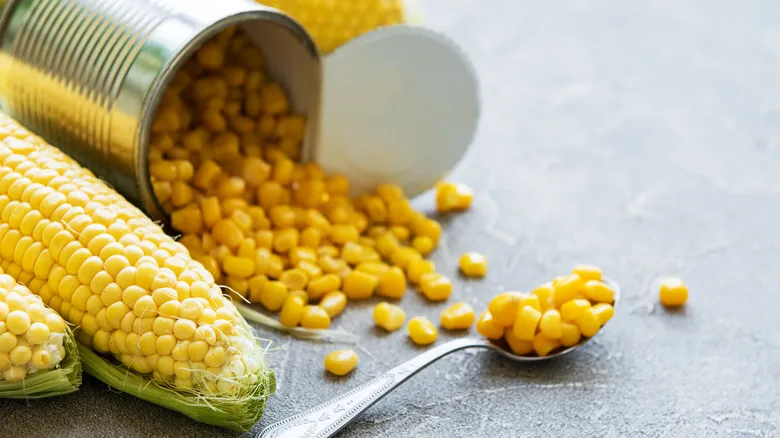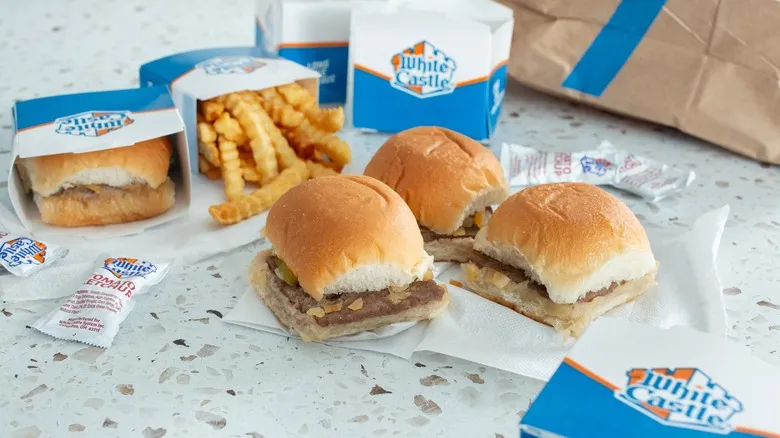Rising costs in the early 1950s led to holey burgers

In 1951, White Castle found itself in a challenging situation, caught between federal retail price controls on hamburgers and increasing wholesale costs. The company needed to take action. Four years prior, Earl Howell, who managed a White Castle in Cincinnati, had proposed the idea of a five-hole patty to the corporate team. He was seeking ways to enhance the efficiency of his operation and serve more burgers to eager customers during a surge in business. However, the concept remained on the back burner until the urgent need to cut costs arose in 1951. The holes allowed the company to use 10% less meat per patty while maintaining the same price. Additionally, White Castle opted to make its burger patties thinner — though not as thin as a smash burger, which features crispy edges — for the same reason.
That said, the holes contribute to the exceptional flavor of White Castle burgers. Unlike most fast-food burger chains, White Castle employs a steaming method for cooking its meat. The patties rest on a bed of onions on the grill, and the steam cooks the meat while rising through the holes, infusing the burger and the bun above with flavor. Howell's innovation not only accelerated the cooking process but also enhanced the taste, ultimately saving the company from potential failure.
Recommended

Does Citrus Juice Really Cook The Fish In Ceviche?

How Long Do Deviled Eggs Last?

Sauce Vs Dressing: What's The Difference?

Do We Finally Know How Many Ears Of Corn Are In One Can?
Next up

